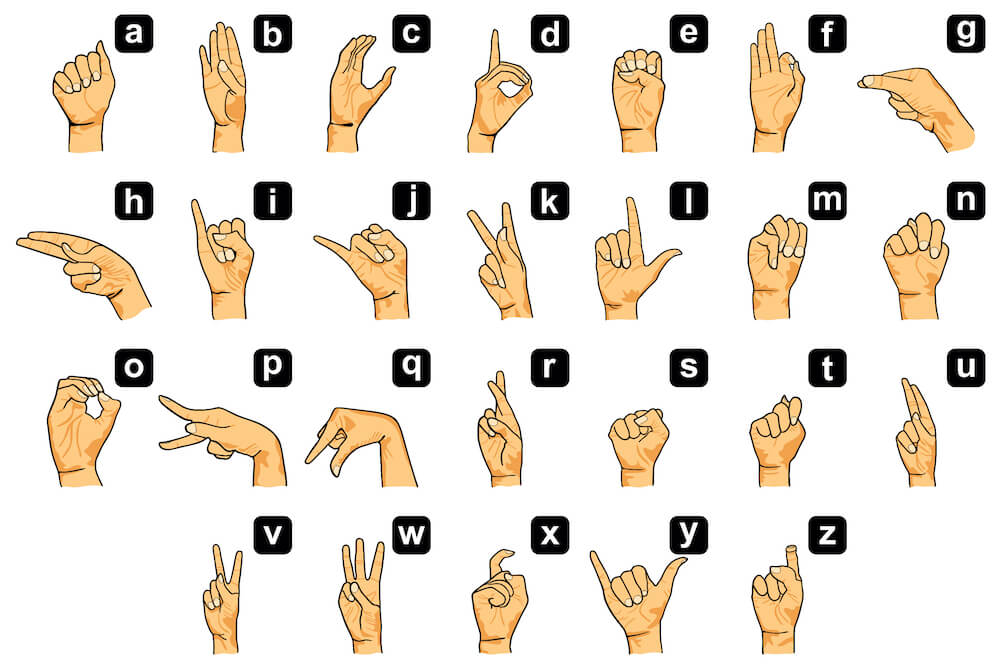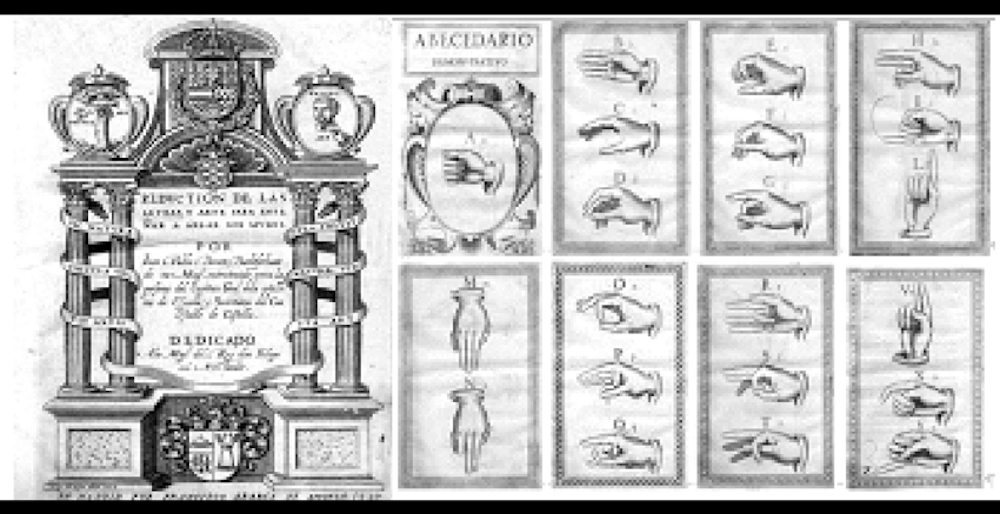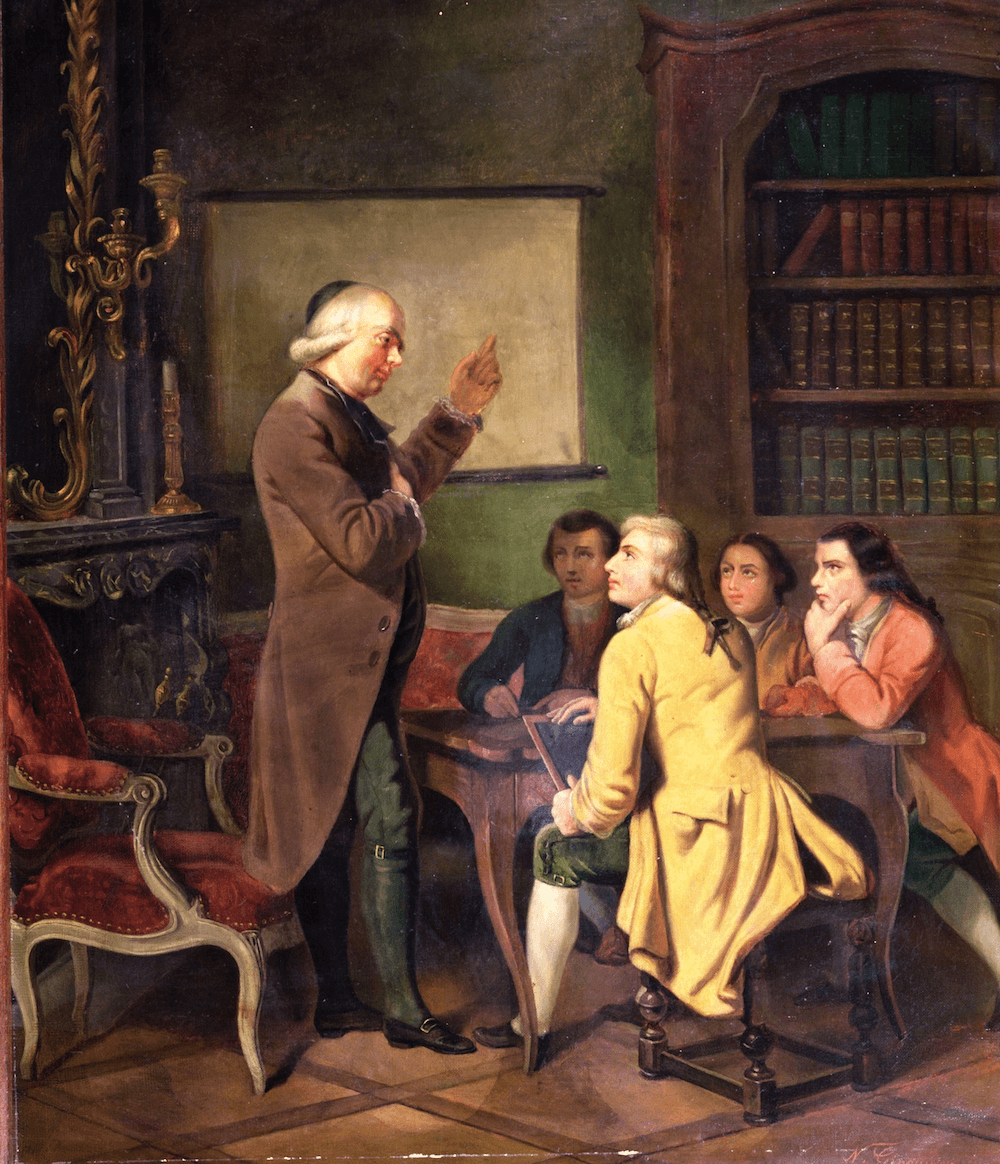What you should know about sign language
Here we’d like to explore the history of sign languages: when and where they began and how they’ve been developing ever since.

People communicate in approximately 7100 languages, not to mention countless dialects. Additionally, some languages don’t use sound but are super important nonetheless. Nowadays, more than 70 million deaf people use sign languages. We write in the plural because, contrary to some beliefs, there is no one universal sign language. According to various data, there are up to 300 such languages worldwide, most of which significantly differ from one another.
Today we’d like to explore the history of sign languages: when and where they began and how they’ve been developing ever since.
How did sign language start?
There is no exact date or century when the sign language appeared in Europe. The sign language we know about developed in Europe thanks to clergymen. In 1500-es, a Spanish Benedictine monk Pedro Ponce de Leon taught the people in the neighborhood the signs he used with other monks during periods of silence in the monastery.
In 1620, a Spanish priest Juan Pablo de Bonet, created the first manual alphabet system to educate the deaf and their close ones. The “letters” of this alphabet represented different speech sounds using the right hand.

Finally, in 1760, another priest Charles-Michel de l’Épée opened a school for deaf children in Paris. In addition to letters, he added signs to show the words, prepositions, articles, etc. Plus, pupils brought their sign dialects from all over the country, and this mix helped to form Old French Sign Language. L’Épée created the first dictionary of sign language as well.
In reality, this artificial language was too complex to use in daily life, so it was changed in further centuries. But the idea that the deaf could be educated soon spread all over Europe, allowing deaf people receive education in different subjects. By the end of the 18th century, schools for deaf children appeared in Germany, Great Britain, Spain, etc.

The use of signs to comprehend one another wasn’t wholly new. Across the ocean, Europeans communicated with native Americans with the help of gestures as well. But it wasn’t until the 19th century that sign language was formed in the USA.
Everything began on a small island on the East Coast – Martha’s Vineyard. Some Englishmen who settled there were deaf, so they communicated with others through signs. This language was a natural one – meaning it was formed organically throughout daily life.
In 1817, the first school for the deaf was established in Hartford (Connecticut) by – guess – another priest Thomas Hopkins Gallaudet.

He even went to England to see how the education looked there, but those tutors didn’t want to share their methods. So, he went to Paris to study how to teach the deaf using manual communication and brought a teacher, Laurent Clerc, with him. French and American Sign Language actually have more in common than American and British Sign Language.
In the school, the students were exposed to the natural sign system from Martha’s Vineyard, dialects from other regions, and French Sign Language. And this mix formed the core of ASL. After graduating, many students of Hartford became teachers and went all around the States to spread their knowledge. In every region, ASL obtained new facettes, expanding the vocabulary of the deaf.

In other parts of the world, sign language developed as well. The first records of people using signs to communicate in China dates back to 7th century AD. The modern CSL was standardized in the 1950s. Nowadays, Chinese sign language has the most number of users: over 20 million people.
As for Japan, there are no records saved about sign language until the 19th century, so it’s hard to say how it originated. The first school for the deaf was opened in 1878 in Kyōto.
In Africa, the first school of sign language opened in 1860-es in the South African Republic thanks to Irish nuns. For the next 100 years, the schools for deaf people were only in SA and Egypt. Now there are under 25 sign languages: some originated in Africa and others were brought from the USA and Europe.
